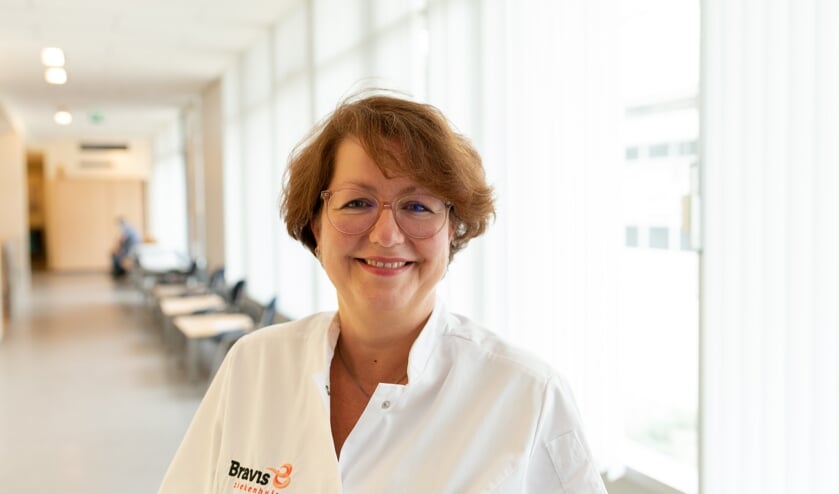Door: Remko Vermunt Wednesday, March 17, 11:05 AM – 2021
–
ROOSENDAAL – Hhe Bravis hospital started telemonitoring of heart failure and COPD patients in 2020. The first experiences of both the patient and the care provider are so positive that in 2021 more and more patients will be monitored in this way.
Telemonitoring ensures fewer checks in the hospital, but still more insight into the health status of the patient. Patients receive the necessary measuring equipment at home and can use it to take measurements themselves. They then pass these measurements on to the Bravis care providers via an app on their smartphone or tablet.
Intervene earlier if necessary
“Patients who are in telemonitoring fill in their weight every day and measure their blood pressure and heart rate twice a week. There is also a weekly questionnaire. On the basis of these measurements, we check in the hospital whether it is necessary to contact the patient, or whether the medication may need to be adjusted, ”explains Brenda Hoppenbrouwers, heart failure nurse. The daily measurements increase insight into the health of the patient. “In case of deterioration, action can be taken earlier and re-admission can be prevented.”
Patients are positive
Patients are also enthusiastic about the telemonitoring. The daily observation and measurement gives a safe feeling. You will notice more quickly if something is wrong. An additional advantage is that patients have to go to hospital less. That is also appreciated by many patients.
Extension of telemonitoring
Due to the positive experiences, telemonitoring will be offered to more patients in the coming year. The Bravis hospital works together with CZ for this. The health insurer provides organizational support, helps measure the effects of telemonitoring and contributes to part of the implementation costs through an acceleration contribution. In addition, the other health insurers also contribute to this project.
In addition to telemonitoring for heart failure and COPD patients, a similar application has been used for several years for PwPs and patients with sleep apnea. In the coming period, telemonitoring will also be offered for an increasing number of patient groups, including diabetes and patients with COVID-19.
–


